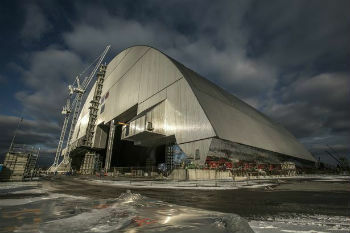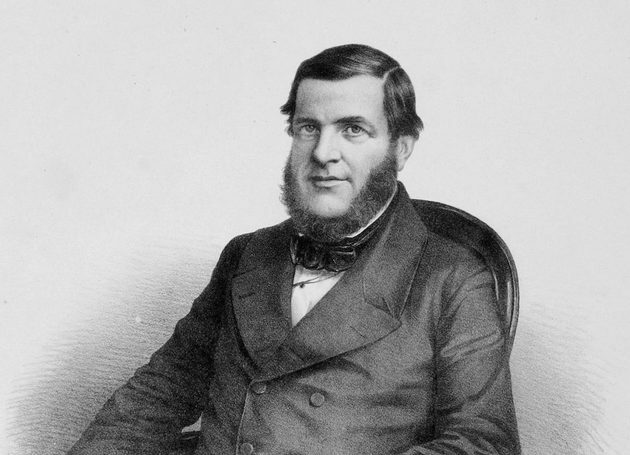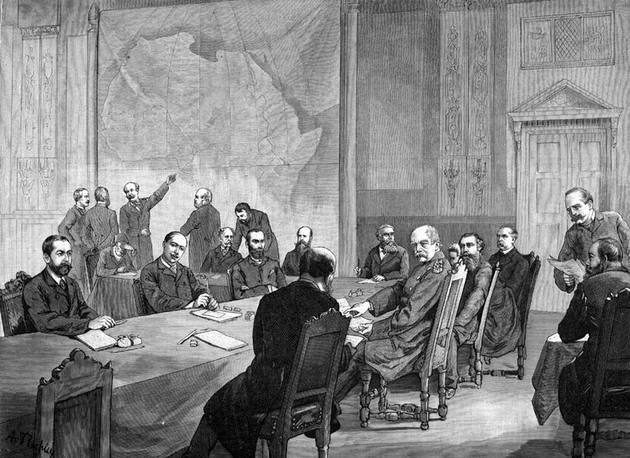O Chernobyl accident occurred on April 26, 1986 and was the most serious in the history of commercial nuclear energy.
The nuclear reactor explosion caused a huge release of toxic waste in large areas of Belarus, Ukraine and Russia.
Chernobyl disaster

Chernobyl nuclear power plant after the explosion that destroyed the reactor
The reactor explosion resulted in the release of 5% of the Chernobyl reactor core material that was improperly handled by plant engineers.
Two workers died at this point and another 28 would die in subsequent weeks from poisoning. Soon after the explosion, 237 people were diagnosed with radioactive iodine contamination, with 134 confirmed cases.
People in Belarus, Ukraine and Russia were exposed to radiation and there were hundreds of cases of thyroid cancer reported.
To prevent further cases, the Soviet government transferred 120,000 people in the first hours after the disaster and another 240,000 in the following years.
The Chernobyl Calamity
Chernobyl Power Complex is located 130 kilometers north of Kiev, Ukraine, and about 20 kilometers south of the Belarus border. Four nuclear reactors are part of the complex.
Two of them were built between 1970 and 1977 and the other units in 1983. At the time of the disaster, two more reactors were under construction. The population surrounding the plant reached 135,000 people.
On April 25, 1986, the day before the disaster, engineers responsible for reactor 4 at Chernobyl began a routine test.
This consisted of determining how long the turbines would take to turn and supply energy to the main circulation pumps after the sequence of loss of electrical energy. The test had been carried out a year earlier, but the team had failed to measure the turbine's voltage.
So, the next day, there were a series of actions scheduled, including the deactivation of the automatic shutdown mechanisms.
The reactor, however, became unstable and a wave of energy was released. This interacted with the hot fuel and the water that would be used to cool the turbine caused the instantaneous production of steam, increasing the pressure.
As a result of the strong pressure, there was destruction of the reactor cover - a thousand-ton structure - causing disruption of the fuel channels.
With the generation of intense steam, the core was flooded by the water used in the emergency cooling and the first explosion occurred, followed by a new event seconds later. Two workers died this time.
A series of fires were recorded after the explosions and fuel and radioactive material were released into the atmosphere.
Technicians used 300 tons of water in the intact half of the reactor, but the fire, which started overnight, was only controlled after midday.
At least five thousand tons of boron, sand, clay and lead were released into the reactor core. The aim was to try to prevent the fire and release more radioactive material.
Accident Consequences
The release of radioactive material from the plant took place for at least ten days.
The materials with the greatest and most dangerous exposure were Iodine-131, Xenon gas and Cesium-137 in an amount of 5% of all radioactive material from Chernobyl, estimated at 192 tons.
Carried by the wind, particles of the material reached Scandinavia and Eastern Europe.
There was intense exposure to radioactive material by accident control teams and firefighters, the first to arrive at the scene.
Among the 28 killed in the first few days, six were firefighters. The control works took place between 1986 and 1987 and involved 20 thousand people, who received different doses of radiation exposure. The Soviet government resettled 220,000 people living in the areas close to the disaster.
Impact on Health
Several health problems were reported as a result of the Chernobyl accidents.
Between 1990 and 1991, the IAEA (International Atomic Energy Agency) sent 50 missions with representatives from 25 countries. At the time, contaminated areas in Belarus, Russia and Ukraine were evaluated.
The control work identified at least four thousand cases of thyroid cancer. In addition, long-term cases of leukemia and other aggressive forms of cancer, circulation problems and cataracts have been reported.
In addition to the problems arising directly from exposure to radioactive material, the researchers also found cases related to the mental state of the population traumatized by the accident.
At the time of the explosion, the pregnant women were advised to have an abortion to avoid possible teratogenic effects on the fetuses.
It was later proven that the levels of radiation released were not enough to harm babies in the gestational phase.
Currently, people who were children and adolescents at the time are part of the risk group that can develop cancer.
Many have already been operated on for thyroid cancer, for example. In the city of Gomel, Belarus, the incidence of this disease increased 10,000-fold after the Chernobyl accident.
Environmental impacts
The environmental impacts in the region were many. Immediately after the accident, several countries suspended the importation of agricultural products such as potatoes and milk.
Until today, it is not recommended to consume any food that originates in that territory. As a result, thousands of small farmers lost their source of income and had to abandon their farms.
Wilderness also suffered from radiation. There are several animals that have genetic mutations, such as wolves and small rodents and even domesticated animals such as cats and cattle.
Likewise, the plants bring the poison from the seed and their appearance has also changed.
It is estimated that the risks of contamination will continue for 20,000 years.
Sarcophagus of Chernobyl

Chernobyl's new sarcophagus will protect the reactor for another 100 years
After the accident in 1986, engineers built the so-called Chernobyl Sarcophagus, which consisted of the lead insulation of turbine 4, where the disaster occurred.
The work involved 400 workers, but concern about new leaks forced the construction of a new structure, which began in 2002.
The protection work is 110 meters high, 257 meters wide and will ultimately cost 768 million euros. Funding is the responsibility of a consortium made up of 43 donor countries.
The sarcophagus was inaugurated in 2017 and should protect the reactor for another 100 years when new works will have to be done.
Chernobyl today
In 2011, Chernobyl became a tourist attraction.
Only 3000 people, with special permits, live in the city. At the time of the accident there were 14000.
The city of Prypiat, built for the workers of the plant and where 50,000 people lived, is also part of the itinerary.
Located four kilometers from Chernobyl today it is a ghost place where buildings are engulfed by nature and neglect. There are still high levels of radioactivity there.
Would you liketo knowmore?
- Nuclear energy
- Radioactivity
- Radioactive Pollution
- Nuclear waste



